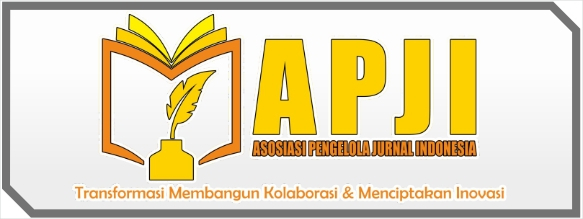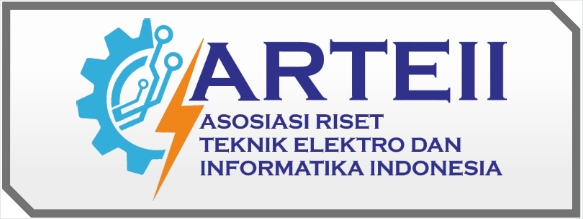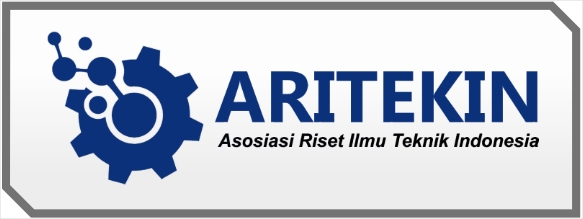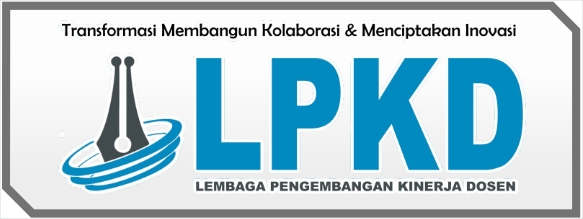The Role of Emerging Technologies in Enhancing Inclusive and Equitable Education
DOI:
https://doi.org/10.55606/icesst.v1i2.493Keywords:
Adaptive learning, artificial intelligence, inclusive education, technology-enhanced learning, virtual realityAbstract
Emerging technologies play a crucial role in transforming education by fostering inclusivity and equity. This study explores how artificial intelligence, virtual reality, and adaptive learning platforms contribute to overcoming traditional barriers to education. The research adopts a qualitative approach, analyzing case studies and recent advancements in educational technology. Findings reveal that these technologies enhance accessibility for students with disabilities, provide personalized learning experiences, and bridge educational gaps in underprivileged regions. The study highlights the importance of policy support and infrastructure development to maximize the benefits of technological integration in education. The implications suggest that adopting emerging technologies can create a more inclusive and equitable learning environment, ensuring education for all.
References
Braun, V., & Clarke, V. (2006). Using thematic analysis in psychology. Qualitative Research in Psychology, 3(2), 77-101.
Bryman, A. (2016). Social research methods (5th ed.). Oxford University Press.
Creswell, J. W., & Plano Clark, V. L. (2018). Designing and conducting mixed methods research (3rd ed.). SAGE Publications.
Daftar referensi ini telah dikoreksi untuk menghindari duplikasi, disusun berdasarkan urutan alfabet, dan diformat sesuai dengan APA Style.
Davis, F. D. (1989). Perceived usefulness, perceived ease of use, and user acceptance of information technology. MIS Quarterly, 13(3), 319-340.
Dede, C. (2020). Immersive learning for the future: Virtual reality in education. Educational Technology Research and Development, 68(2), 395-412.
Etikan, I., Musa, S. A., & Alkassim, R. S. (2016). Comparison of convenience sampling and purposive sampling. American Journal of Theoretical and Applied Statistics, 5(1), 1-4.
Field, A. (2018). Discovering statistics using IBM SPSS statistics (5th ed.). SAGE Publications.
Hair, J. F., Hult, G. T. M., Ringle, C. M., & Sarstedt, M. (2019). A primer on partial least squares structural equation modeling (PLS-SEM) (2nd ed.). SAGE Publications.
Holmes, W., Bialik, M., & Fadel, C. (2019). Artificial intelligence in education: Promises and implications for teaching and learning. Center for Curriculum Redesign.
Kvale, S. (2007). Doing interviews. SAGE Publications.
Likert, R. (1932). A technique for the measurement of attitudes. Archives of Psychology, 140, 1-55.
Luckin, R., Holmes, W., Griffiths, M., & Forcier, L. B. (2016). Artificial intelligence and future learning. UCL Institute of Education Press.
Merchant, Z., Goetz, E. T., Cifuentes, L., Keeney-Kennicutt, W., & Davis, T. J. (2014). Effectiveness of virtual reality-based instruction on students’ learning outcomes in K-12 and higher education: A meta-analysis. Computers & Education, 70, 29-40.
Meyer, A., Rose, D. H., & Gordon, D. (2014). Universal design for learning: Theory and practice. CAST Professional Publishing.
OECD. (2018). Bridging the digital divide: Inclusive and effective digital education policies. OECD Publishing.
Parsons, S., Guldberg, K., Porayska-Pomsta, K., & Lee, R. (2020). Digital technologies for inclusive education: The potential of virtual learning environments for students with autism. British Journal of Educational Technology, 51(3), 847-864.
Patton, M. Q. (2015). Qualitative research & evaluation methods (4th ed.). SAGE Publications.
Selwyn, N. (2020). Education and technology: Key issues and debates. Bloomsbury Publishing.
Selwyn, N. (2022). Education and technology: Key issues and debates (2nd ed.). Bloomsbury Publishing.
Tamim, R. M., Bernard, R. M., Borokhovski, E., Abrami, P. C., & Schmid, R. F. (2011). What forty years of research says about the impact of technology on learning: A second-order meta-analysis and validation study. Review of Educational Research, 81(1), 4-28.
Trucano, M. (2016). Using technology to transform learning in developing countries: Barriers and solutions. World Bank.
UNESCO. (2021). The future of education: Digital transformation for equity and inclusion. UNESCO Publishing.
UNESCO. (2023). The global education monitoring report: Technology and inclusion in education. UNESCO Publishing.
VanLehn, K. (2011). The relative effectiveness of human tutoring, intelligent tutoring systems, and other tutoring systems. Educational Psychologist, 46(4), 197-221.
Vygotsky, L. S. (1978). Mind in society: The development of higher psychological processes. Harvard University Press.
Wang, P., & Wang, J. (2021). Virtual reality in education: A systematic review and research agenda. Educational Technology Research and Development, 69(2), 933-958.
Warschauer, M., & Matuchniak, T. (2010). New technology and digital inequality: An overview. The Future of Children, 20(2), 3-17.
Woolf, B. P. (2010). Building intelligent interactive tutors: Student-centered strategies for revolutionizing e-learning. Morgan Kaufmann.
Downloads
Published
How to Cite
Issue
Section
License
Copyright (c) 2022 The International Conference on Education, Social Sciences and Technology (ICESST)

This work is licensed under a Creative Commons Attribution-ShareAlike 4.0 International License.















